With the VFL officially rebranded as the AFL to reflect the league’s national standing, a rejuvenated St Kilda began to lay the groundwork for another rise up the ladder.
The 1990 AFL Season saw marked improvement with nine wins and the continuing rise of Nicky Winmar, Nathan Burke, Robert Harvey and best-and-fairest winner Stewart Loewe, but it wasn’t until the following season where the Saints instigated their brief revival.
Another Coleman-winning season from Tony Lockett coupled with a competitive St Kilda outfit saw the club finish fourth and make the finals for the first time since 1973.
But despite being one of the best sides in competition when firing on all cylinders, the club were knocked out of the finals race.
Similar circumstances befell the red, white and black in 1992, despite a triumph in the semi-final against Collingwood.
That season would see the Saints close the book on Moorabbin’s rich history of football, with the red, white and black taking residency at Waverley Park as part of the AFL’s ground rationalisation strategy.
The move cleared up some of the club’s debt, as well as an opportunity to start afresh with newer facilities compared to those of the ageing Moorabbin.
St Kilda remained at their spiritual home for training and administrative purposes, with the final game played on the hallowed turf in Round 20, 1992.
Waverley Park would write itself into AFL folklore after the infamous “lights out” moment in 1996, which forced the second half of the clash between St Kilda and Essendon to be played out the following Tuesday after fans began to riot in the stands, light fires on the ground and upend goalposts.
While the 1993 Season would be one of mediocrity for the Saints, the Round 4 clash between Collingwood sparked a stand that would go down as one of the most important moments in the game’s history.
Indigenous Saints Nicky Winmar and Gilbert McAdam were subjected to disgusting racial abuse from members of the Collingwood cheer squad during the match, and rallying together at half-time, the pair vowed to emerge triumphant.
McAdam went on to pile on a match-winning five goals, while Winmar racked up 25 touches and a goal of his own to steer the Saints to emphatic 22-point victory at Victoria Park.
On the final siren, Winmar faced the crowd, raised his jumper and pointed to the colour of his skin – his proud gesture immortalised by photographer, Wayne Ludbey.
It’s one of the most recognisable photographs in the football world; its significance to a nation and a people unparalleled.
While his magical flair on the field impressed week-in, week-out, it was Winmar’s generation-defining stand against racial vilification which has become a pillar of Australian sporting history.
The club lost all sense of momentum and regressed over the next few years, with the legendary Tony Lockett departing for Sydney in 1995 and the Saints subsequently disappointing, despite optimistic pre-seasons.
But St Kilda’s heart cracked in two following the tragic passing of Trevor Barker in 1996, who lost his brief battle with colon cancer, aged 39.
Barker was destined to coach his beloved Saints in the near future, before being taken too soon.
St Kilda returned to the finals the following year under Stan Alves, taking out the minor premiership for the second time in club history.
The red, white and black – now wearing a remodelled guernsey which featured a large-scale version of the Crest – advanced to the last week in September for the first time since 1971, coming up against the recently-established Adelaide.
With a fit and firing side complete with reining Brownlow Medallist Robert Harvey – who would take out the honour again the following year – and the Crows without goalkicking powerhouse Tony Modra, the Saints entered the game as heavy favourites.
Despite holding a two-goal lead at the main change, St Kilda succumbed to its third Grand Final defeat in front of almost 100,000 supporters.
The Grand Final curse had struck again.
But as hope of another Premiership triumph began to fade away, the emergence of the club’s next golden era of heroes would reignite the belief of the St Kilda faithful.


